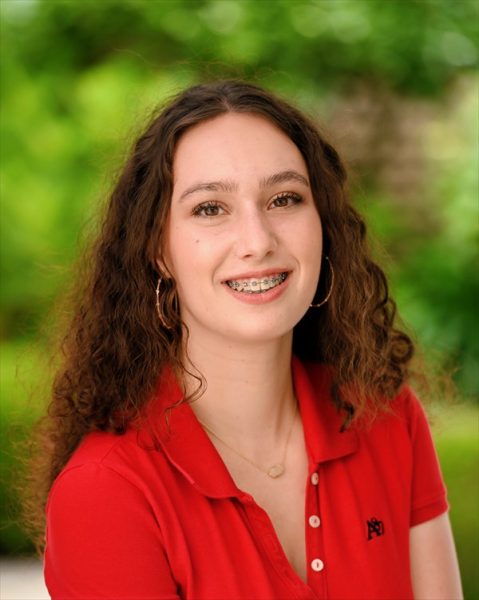Silent Killer
Teens counsel against vaping
College student Claire Chung shared images of a normal chest CT scan on the top compared to her CT scan showing inflamed lungs with damaged tissue on her Instagram account. Chung was hospitalized with a 104 degree fever and doctors said her lung tissue was destroyed from vaping.
February 14, 2020
Nineteen-year-old Claire Chung posted a picture of herself in a hospital bed and a scan of her lungs on her Instagram warning friends to quit vaping. The posts blew up with thousands of likes and comments, proving the success of teen consultation.
“Someone put the post on their story and I clicked on it and I saw MRI scans of what normal, healthy lungs looked like versus what her lungs looked like and I decided at that point I was going to quit vaping for good,”an 18-year-old private school student, who asked to remain anonymous because the legal age of vaping in California is 21, said. “I had already been trying to quit for a while, but at that
point I decided that I was never going to do it again.”
The Food and Drug Administration and the Centers for Disease Control have responded to the outbreak of vaping-related hospitalizations by working with health officials and releasing incident overviews, lab analysis and recommended actions and resources, according to the FDA.
Because of the limited research on vaping and its long-term ef-
fects, doctors are often stumped by symptoms assumed to be caused by vaping, according to Chung.
“Because there is no research on juuls/carts/vapes, they could see all this damage but could not treat it. The doctors couldn’t tell whether this was blood, fluid, bacteria, a virus, inflammation, etc.,” Chung wrote in the caption of her post. “Please take it from personal experience that this is NOT worth it from something as stupid as a nicotine device.The stories that you’re hearing online are REAL. Death was a VERY real possibility.”
While official long-term effects of vaping are yet to be released by the FDA or CDC, Chung called vaping a “silent killer,” saying that she did not experience the respiratory distress or chest pain associated with vaping. The student reiter-
ated Chung’s observation that doctors and parents often use these symptoms to warn teens against vaping.
“Teachers always tell you not to do things, and there are some things we do anyways and there is no harm, and vaping often feels like one of those things,” the student said, “but when your peers are also saying not to do it, you know it’s really serious.”
Chung’s post exemplifies how peer-to-peer consultation can be an effective and responsive way to spread information on vaping prevention, according to Youth Tobacco Prevention Consultant Jasmine Gerraty, who founded a Youth Advisory Council for peer to peer vape consultation.
“The Youth Advisory Council started from this idea of wanting to get youth engaged in problem solving around substance use,” Gerraty said. “When it comes to underage substance use, it’s a lot of adults telling kids what to do. The solution to these problems lies within the generation that is vaping and through their peers, because the adults don’t get it.”
YAC presents information on vaping from the teenagers’ perspective to policymakers, parents, Peer Summits and other students, proving that the youth
voices can be effective as peer consultation as well as through activism to make changes in policies, according to Youth Advisory Council member Cassidy Rodgers.
“I was inspired to join the Youth Advisory Council with Marin Healthy Youth Partnership because of how my own struggles affected me and my desire to avoid having others go through that same difficult experience,” Rodgers said. “It’s important to spread the word to other people our age to quit vaping because it has clearly been targeted at our generation and we are the ones stuck in the mess together right now. We are the ones who have the ability to work together to help each other get out of this mess together.”
Students who want help quitting vaping can reach out to the Youth Advisory Council, download apps, like Quit Vaping, that keep a streak of days without
vaping and calculate how much nicotine the individual has not used and how much money they have saved from not buying vape products, or talk to a trusted peer to have someone to be held accountable to.
“I never felt any tightness in my chest or any coughing or flu-like or respiratory symptoms that doctors and parents talk about,” the student said, “but then I saw from [Chung’s] post that you can feel totally fine and then immediately become super sick, and that’s when I felt like it would be worth it to quit.”










